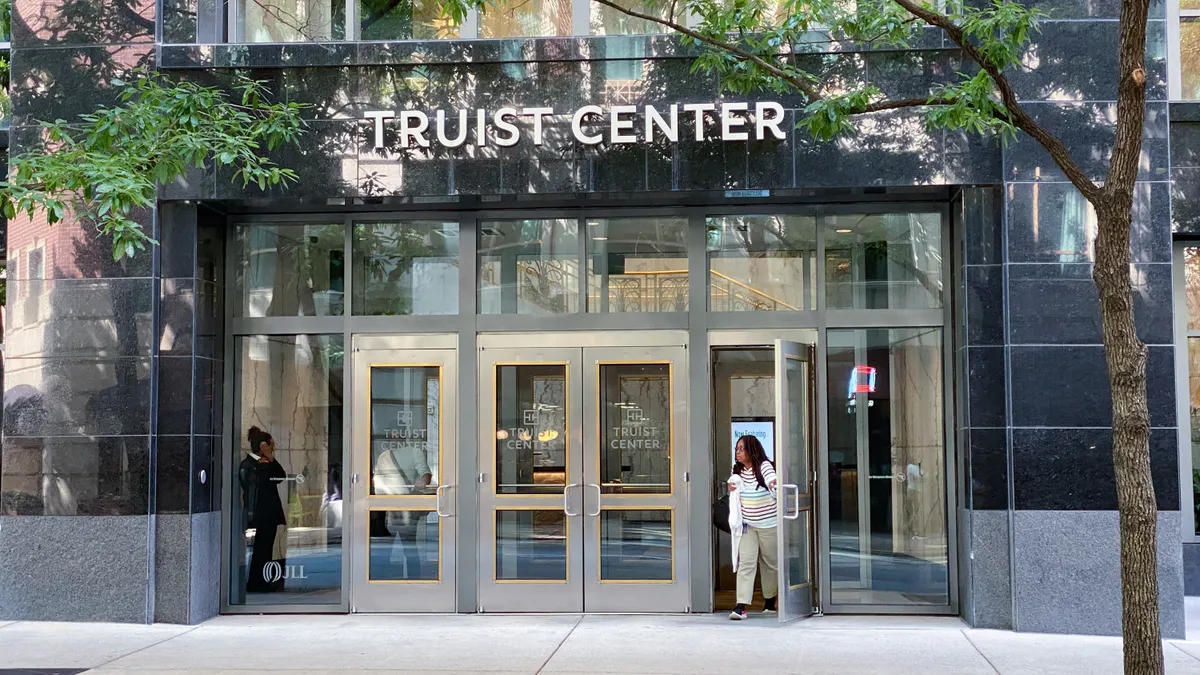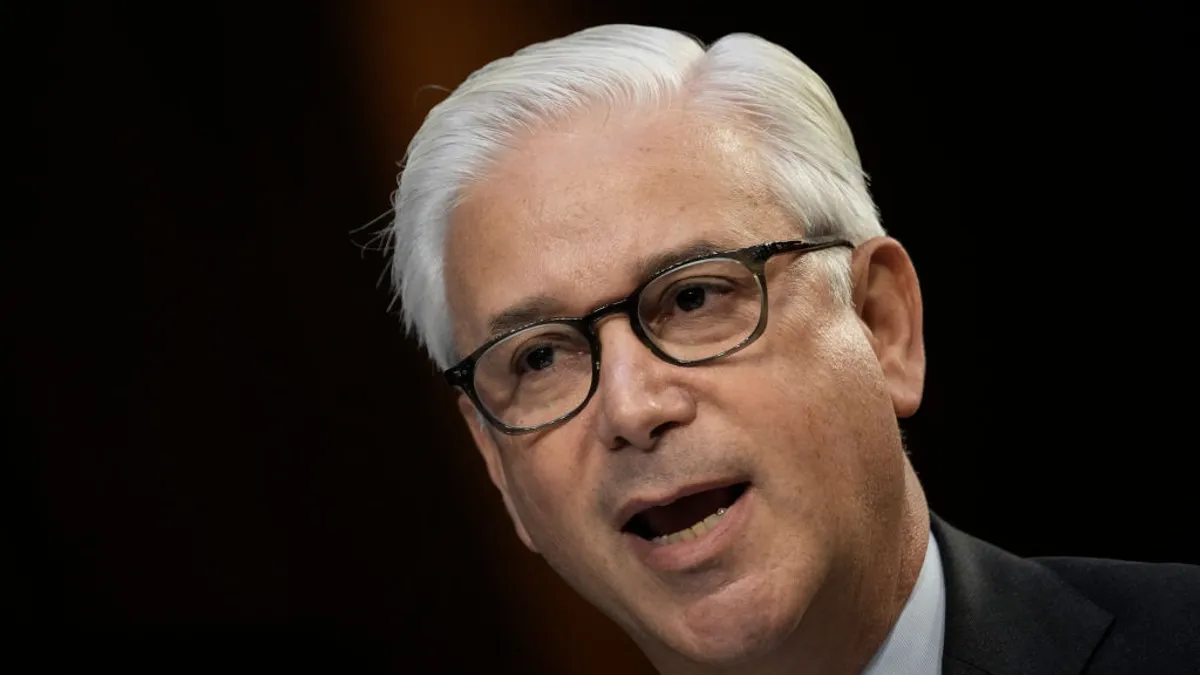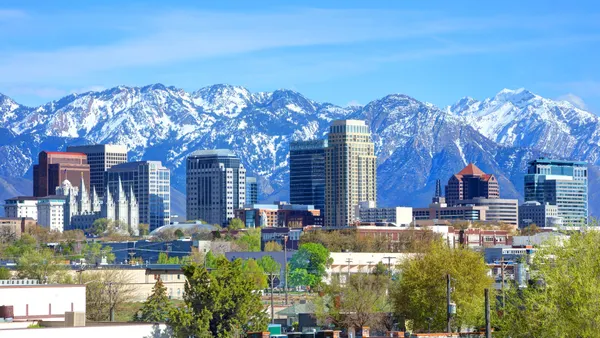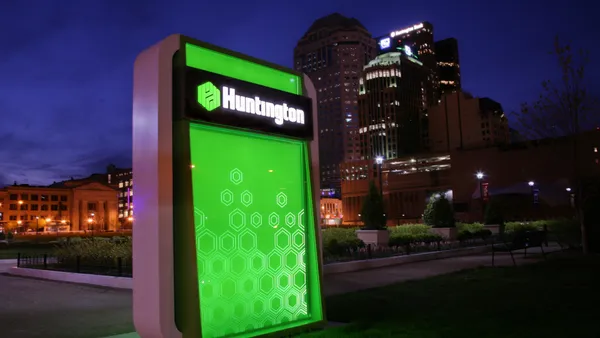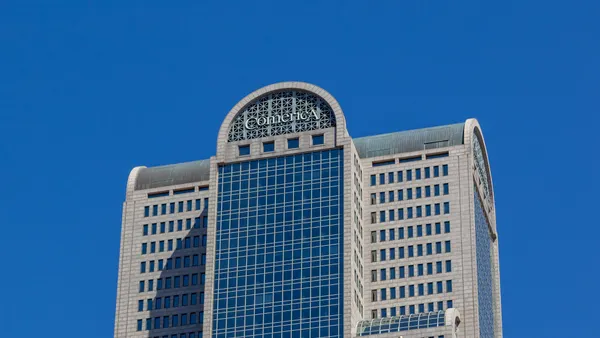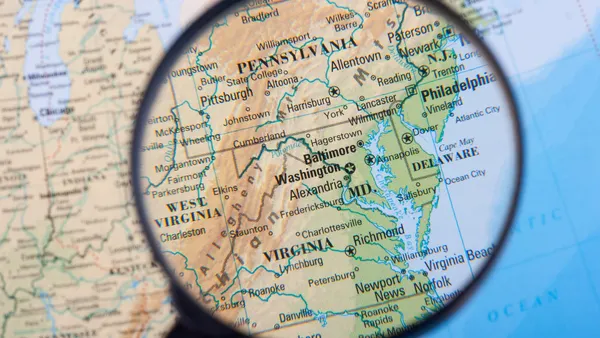The Small Business Administration (SBA) plans to give community-based lenders — such as community development financial institutions, minority depository institutions and certified development companies — exclusive access to the Paycheck Protection Program (PPP) portal for at least the first two days once it reopens Monday, according to new guidance the agency released.
Those lenders will be able to accept applications Monday from businesses seeking their first PPP loans. The same institutions can accept paperwork from second-time PPP borrowers Wednesday, senior administration officials said, according to Bloomberg and The Wall Street Journal. Other eligible lenders will be able to take applications shortly thereafter.
The applications will go through a series of automated checks before a loan number is issued, the officials said. That could slow processing time by about a day, they said, but should reduce confusion and potential fraud, they said.
“This updated guidance enhances the PPP’s targeted relief to small businesses most impacted by COVID-19,” Treasury Secretary Steven Mnuchin said Friday in a statement seen by Bloomberg. “We are committed to implementing this round of PPP quickly to continue supporting American small businesses and their workers.”
The SBA said it plans to connect borrowers, through its online Lender Match tool, to "small lenders who can aid traditionally underserved communities," adding that certain hours will be dedicated to helping the "smallest PPP lenders" access the portal.
The agency also added to its PPP application an optional demographic reporting section in the hopes that lenders will encourage borrowers to fill it out and bolster "efforts to reach underserved, minority-owned, veteran-owned and women-owned businesses."
The SBA's guidance was anticipated. Congress required the agency to lay out ground rules within 10 days of the president signing the stimulus bill that earmarked $284 billion toward a refreshed PPP. The program, during its first iteration between April and August, provided $525 billion in forgivable loans to small businesses.
The second round of funds has stricter qualifiers. First of all, $15 billion is required to be set aside for lenders with less than $1 billion in assets and another $15 billion for those with less than $10 billion in assets. Also, this round of PPP narrowed eligibility to smaller businesses — those with up to 300 employees, compared with the first round’s 500-person cap — and lowered the maximum threshold for new loans to $2 million from $10 million. Applicants also must show a 25% decline in revenue in any quarter in 2020 compared with the previous year's same quarter.
The SBA, through an interim final rule, also removed a previous 5% cap on lender fees for loans of less than $50,000 in an effort to encourage lenders to work with smaller borrowers.



